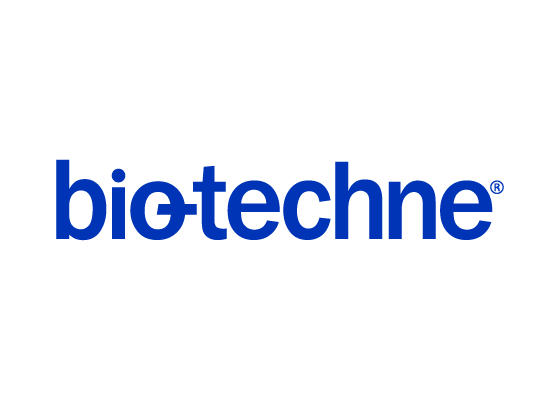Human CD40 Ligand/TNFSF5 Alexa Fluor® 405-conjugated Antibody
R&D Systems, part of Bio-Techne | Catalog # FAB617V


Key Product Details
Species Reactivity
Validated:
Applications
Label
Antibody Source
Product Summary for Human CD40 Ligand/TNFSF5 Alexa Fluor® 405-conjugated Antibody
Immunogen
Leu50-Leu261
Accession # P29965
Specificity
Clonality
Host
Isotype
Applications for Human CD40 Ligand/TNFSF5 Alexa Fluor® 405-conjugated Antibody
Flow Cytometry
Sample: Human peripheral blood mononuclear cells treated with PMA and Ca2+ ionomycin
Formulation, Preparation, and Storage
Formulation
Shipping
Stability & Storage
Background: CD40 Ligand/TNFSF5
References
- Zhang, G. (2004) Curr. Opin. Struct. Biol. 14:154.
- Hehlgans, T. and K. Pfeffer (2005) Immunology 115:1.
- Quezada, S.A. et al. (2004) Annu. Rev. Immunol. 22:307.
- Graf, D. et al. (1992) Eur. J. Immunol. 22:3191.
- Hollenbaugh, D. et al. (1992) EMBO J. 11:4313.
- Khandekar, S.S. et al. (2001) Prot. Exp. Purif. 23:301.
- Pietravalle, F. et al. (1996) J. Biol. Chem. 271:5965.
- Garber, E. et al. (1999) J. Biol. Chem. 274:33545.
- Vakkalanka, R.K. et al. (1999) Arthritis Rheum. 42:871.
- Eissner, G. et al. (2004) Cytokine Growth Factor Rev. 15:353.
- Prasad, K.S. et al. (2003) Proc. Natl. Acad. Sci. USA 100:12367.
- Mikolajczak, S.A. et al. (2004) J. Exp. Med. 199:1025.
- Lievens, D. et al. (2009) Thromb. Haemost. 102:206.
- Elgueta, R. et al. (2009) Immunol. Rev. 229:152.
- Avery, D.T. et al. (2008) J. Immunol. 181:1767.
Alternate Names
Gene Symbol
UniProt
Additional CD40 Ligand/TNFSF5 Products
- All Products for CD40 Ligand/TNFSF5
- CD40 Ligand/TNFSF5 cDNA Clones
- CD40 Ligand/TNFSF5 ELISA Kits
- CD40 Ligand/TNFSF5 Luminex Assays
- CD40 Ligand/TNFSF5 Lysates
- CD40 Ligand/TNFSF5 Primary Antibodies
- CD40 Ligand/TNFSF5 Proteins and Enzymes
- CD40 Ligand/TNFSF5 Simple Plex
- CD40 Ligand/TNFSF5 Small Molecules and Peptides
Product Documents for Human CD40 Ligand/TNFSF5 Alexa Fluor® 405-conjugated Antibody
Product Specific Notices for Human CD40 Ligand/TNFSF5 Alexa Fluor® 405-conjugated Antibody
This product is provided under an agreement between Life Technologies Corporation and R&D Systems, Inc, and the manufacture, use, sale or import of this product is subject to one or more US patents and corresponding non-US equivalents, owned by Life Technologies Corporation and its affiliates. The purchase of this product conveys to the buyer the non-transferable right to use the purchased amount of the product and components of the product only in research conducted by the buyer (whether the buyer is an academic or for-profit entity). The sale of this product is expressly conditioned on the buyer not using the product or its components (1) in manufacturing; (2) to provide a service, information, or data to an unaffiliated third party for payment; (3) for therapeutic, diagnostic or prophylactic purposes; (4) to resell, sell, or otherwise transfer this product or its components to any third party, or for any other commercial purpose. Life Technologies Corporation will not assert a claim against the buyer of the infringement of the above patents based on the manufacture, use or sale of a commercial product developed in research by the buyer in which this product or its components was employed, provided that neither this product nor any of its components was used in the manufacture of such product. For information on purchasing a license to this product for purposes other than research, contact Life Technologies Corporation, Cell Analysis Business Unit, Business Development, 29851 Willow Creek Road, Eugene, OR 97402, Tel: (541) 465-8300. Fax: (541) 335-0354.
For research use only